Investigate the types of building facades
Types of facades of a building
Investigate the types of building facades
The facade of a building is one of the most prominent executive parts for the construction of a building, which includes several factors such as chic, modernity, tranquility, sound and heat insulation, and safety, and prevents energy loss in a building. Today, building facades can be implemented based on the type of application, using various methods and materials. Join us to explore the different types of building facades and each of the methods of implementing building facades and their advantages and disadvantages.

1) Execution of brick facade
The brick facade creates a pleasant and beautiful atmosphere and due to its low heat transfer coefficient, it plays an important role in creating thermal insulation in a building. The bricks used in the construction of the facade are very strong and durable. These bricks are prepared in various colors and dimensions in the furnaces and are completely refractory. In traditional bricklaying, bricks are joined together using mortar, which is a mixture of cement, sand, and water, but today, with advances in architecture, brick facades can be applied using a dry facade system. This method uses metal equipment such as rails to connect the bricks to each other.
Among the advantages of brick facade, the following can be mentioned:
- Sound and thermal insulation
- Reduce energy loss
- Environmental protection due to its natural structure
- High strength and longevity
- Preserving historical identity
Disadvantages of brick facade :
In the past, the installation system had problems with the installation of brick facades, such as increasing the weight of the building, imperfect connection to the main walls of the building and not resisting natural crises such as floods and earthquakes, but using installation methods that are common today, Traditionally, it has been completely destroyed and the efficiency of buildings with brick facades has increased.
2) Stone facade
Stone is one of the most widely used tools for decorating the interior and exterior of a building, which has been widely used by architects from ancient times to the present day. Today, the use of travertine stone due to its variety of designs and colors has been able to gain a good position among the types of stones that can be used as facade stones. The stones are installed on a building by mortar and bring a flat surface to a building. Using new methods, it is possible to implement the stone at different angles and geometric shapes. These days, we are witnessing the implementation of Achaemenid stone facades with We have different designs and shapes.
Advantages of stone facade:
- It has color stability
- There is no pollution or dirt on the facade.
- It has a great variety of colors and materials.
Disadvantages of stone facade:
- It costs a lot to run.
- It will take time to implement.
- It is difficult to run at high altitudes.
If the mortar is not properly filled with mortar during the execution of the stone facade, after a while, with the distance that is created between the stone and the wall, the stone separates from the wall and collapses, and because sometimes the same stones cannot be the same. Finding a stone is difficult to repair, travertine is more permanent than other stones.

3) Glass facade
Glass is also one of the decorative tools that plays an important role in building the facade of buildings and beautifying them. In addition to beauty, the use of glass can also provide light inside the building. The quality of the glass and its sound and thermal insulation are very important. Today, the use of double-glazed or three-glazed unbreakable glass is very useful, and the majority of modern buildings dedicate a large part of their facade to glass, but the use of all-glass facade causes energy loss.
Advantages of glass facade:
- Speed in execution
- Provide outdoor views for residents inside the building
- Ability to combine with all materials
- Lightweight and repairable
- Has a variety of colors
Disadvantages:
The use of glass is inevitable in many parts of a building, but if glass is used for the overall appearance of the building, it will consume a lot of energy.
The glass gets dirty easily and it is difficult to clean and tidy.
As for double-glazed windows, ordinary glass does not have impact resistance.
4) Execution of composite facade
The composite facade is made using composite sheets, which contain composite materials that include two layers of aluminum sheet and one layer of polyethylene material, the total thickness of aluminum sheets of composite reaches 4 mm. . These sheets are lightweight and their outer layer is covered by an apex resin liner and a PVDF layer that stabilizes the paint. Be.
Aluminum panel composite can be implemented with stone or wood design. Stone design sheets include three layers of laminated paint coating on the aluminum surface in various designs and colors. The wood design sheet can also be used inside and outside the building. These sheets are composed of a laminated layer.
Advantages of composite sheet:
- Beauty and automatic shine of aluminum sheets
- Automatic cleaning capability
- Implement in various colors
- Flexibility of sheets
- Fast execution
- Style
- Long service life
- Sound and heat insulation
Disadvantages:
Lack of impact resistance and extreme pressure
Also read this article: Important factors for proper implementation
5) Thermowood view
Thermowood is a type of resistant wood that is completely resistant to bad weather conditions, heat and decay due to undergoing processing steps.
Thermal treatment of wood causes all harmful substances and wood resin to be removed and the bacteria in it to be destroyed and a pure and sterilized substance to be provided that in addition to the facade can be used in the internal parts of the building such as stairs, roof, doors and windows , Sauna, etc.
used it. In addition, this material can be combined with other materials and brings a suitable effect for the building and in Western countries it has many applications in the construction of various types of residential building facades and villa building facades.
Benefits of Thermowood:
- Quick and easy installation
- Stability and durability against abrasion and environmental conditions
- Ability to cut and create arched models
- Easy to install and separate
- Easy to maintain and wash

6) Ceramic facade
The use of ceramic facades has many applications in the field of architecture. Porcelain ceramics are a subset of ceramic tiles that are not more resistant to other tiles. Ceramic facades are considered as dry facades and can be used for residential building facades, office or commercial building facades.
Advantages of ceramic facade:
- It is a good insulator against sound, fire and moisture.
- It has a variety of colors and designs
- It has significant stability and durability over a long period of time.

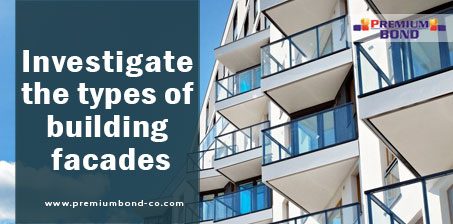

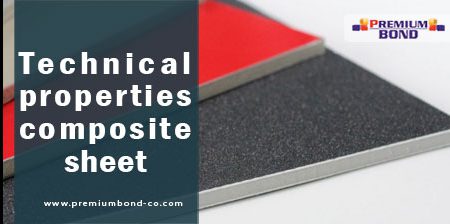
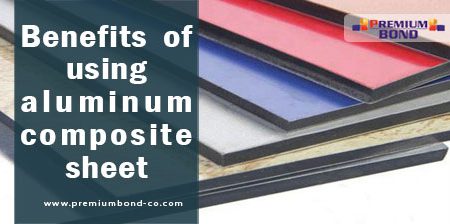
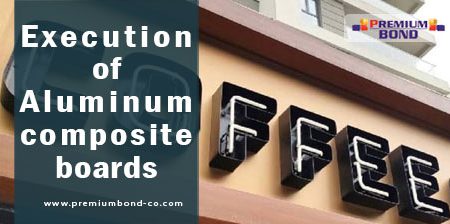
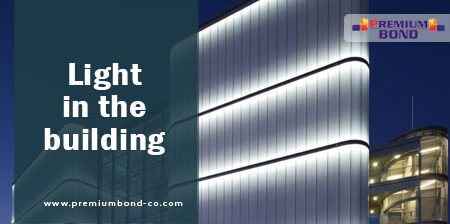
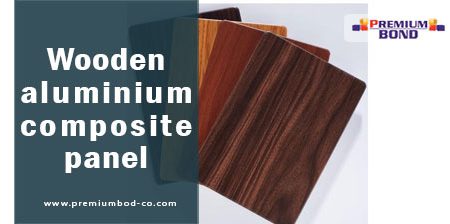
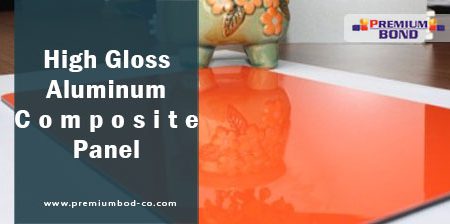
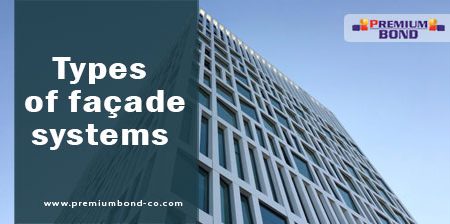
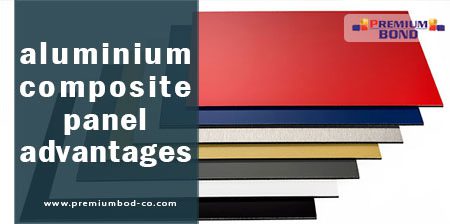
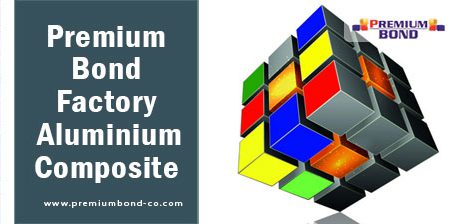
Leave a Reply